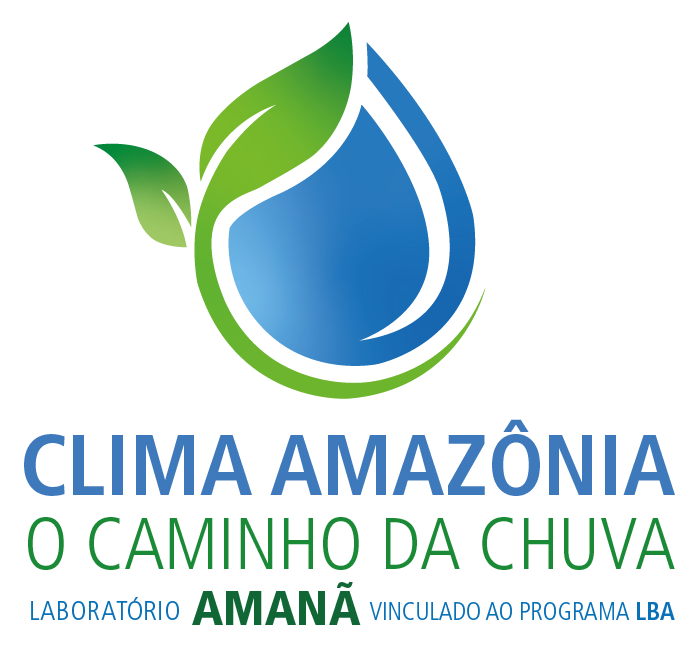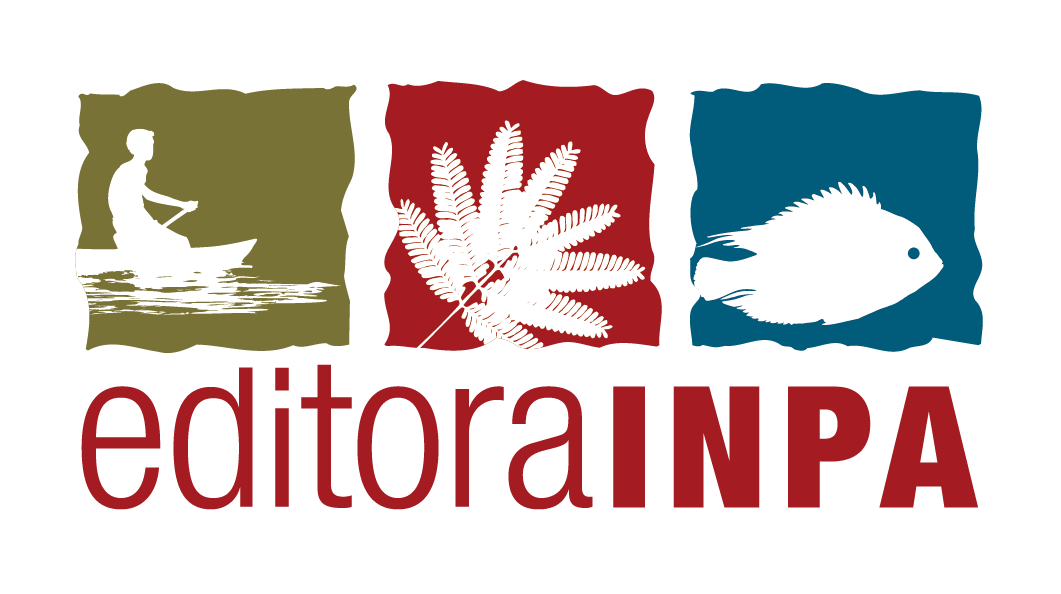English
العربية
বাংলা
Català
Čeština
Deutsch
Ελληνικά
Español
Suomi
Français
Gàidhlig
ગુજરાતી
हिंदी
Magyar
Italiano
Қазақ
Latviešu
मराठी
Nederlands
Polski
Português
Português do Brasil
Русский
Srpski (lat)
Српски
Svenska
Türkçe
Yкраї́нська
Tiếng Việt






